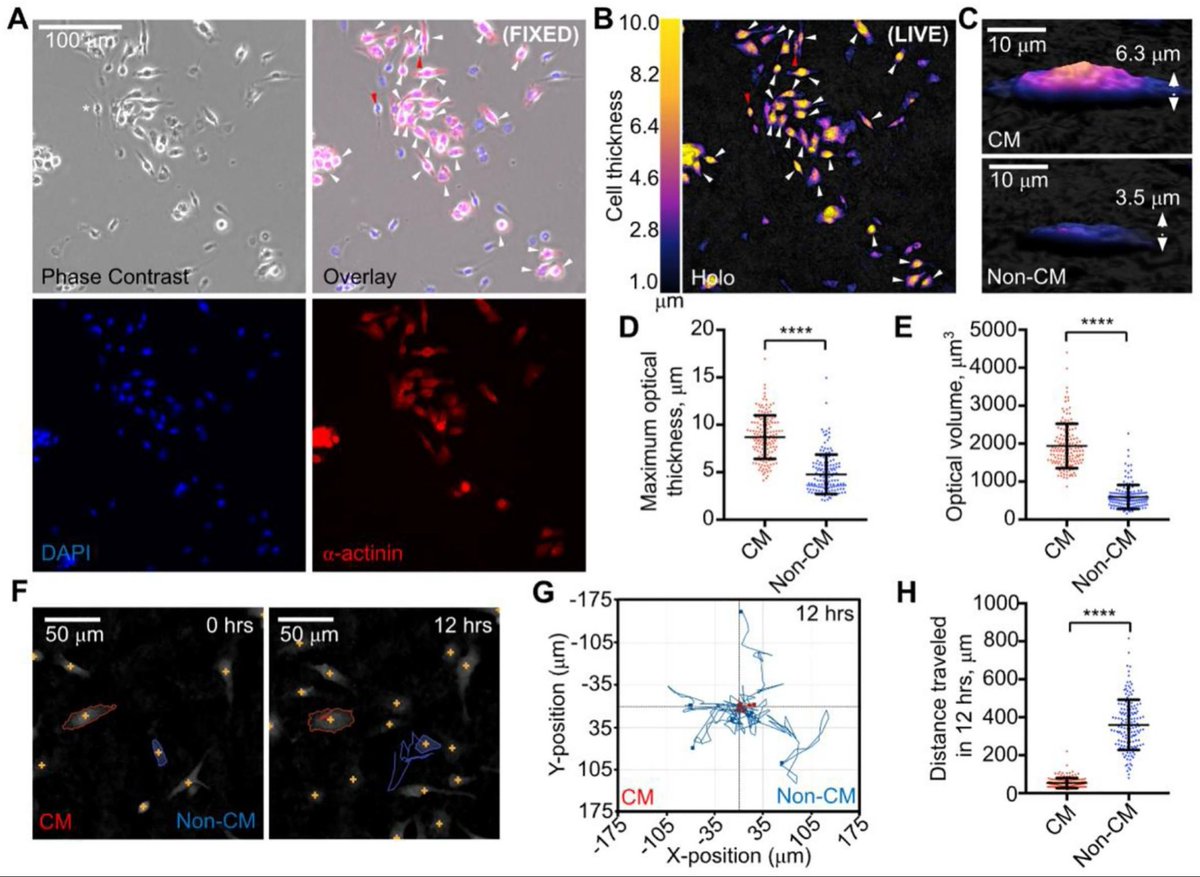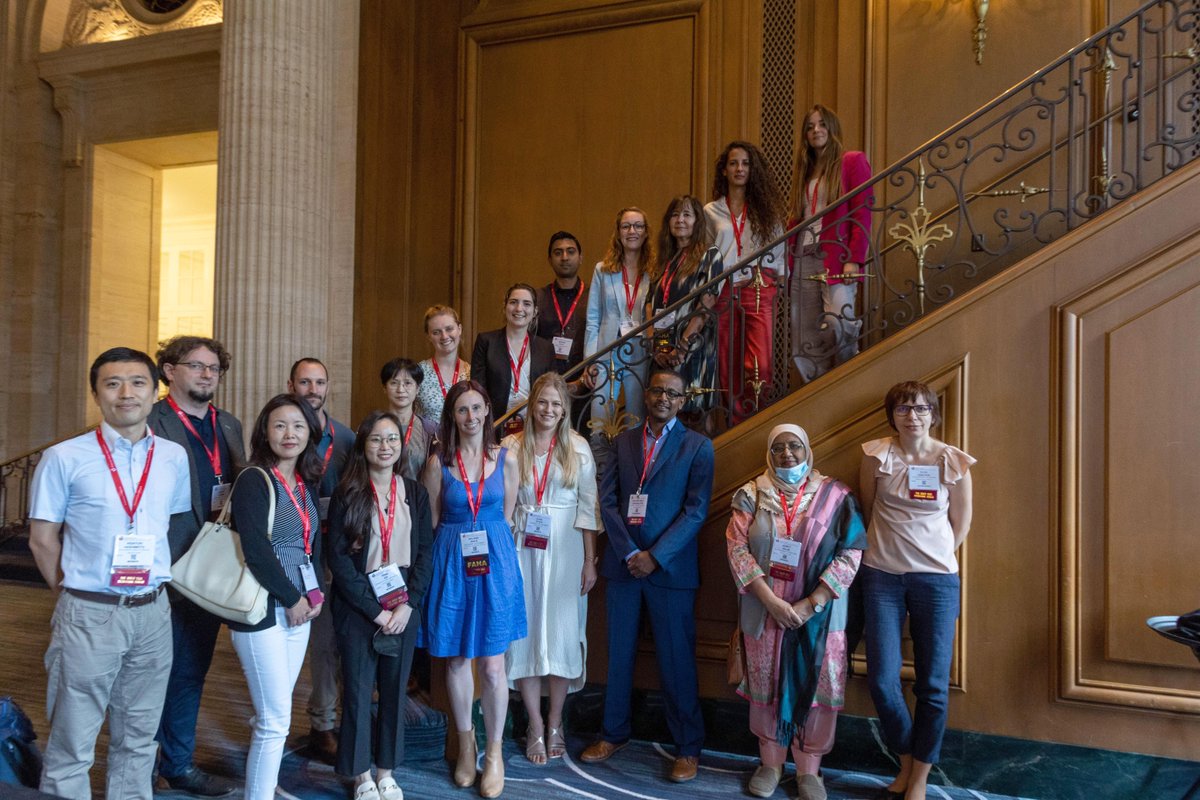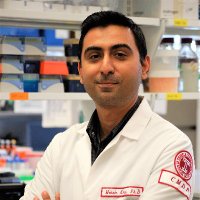
Khanlab
@mohsinkhan_lab
Associate Professor of Cardiovascular Science, Temple University Cardiac regeneration, stem cells, metabolic reprogramming in animal models of heart disease
ID: 1314625901850628096
http://www.mkhanlab.com 09-10-2020 17:57:06
37 Tweet
211 Followers
297 Following
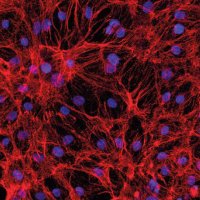
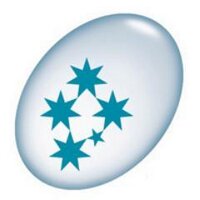


Dr. Mohsin Khan's lab (Temple Med School) discovered a novel role for mitochondrial UCP2 as an oxygen 😮💨 sensor regulating #cardiomyocyte cell cycle activity, acetyl-CoA levels, and histone acetylation in response to moderate #hypoxia. JCI insight bit.ly/3nrGo9a


Protein involved in heart development boosts stem cell strategy for heart repair, scientists at Lewis Katz School of Medicine at Temple University show eurekalert.org/news-releases/… via EurekAlert! Temple Health News
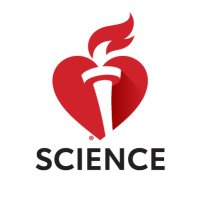
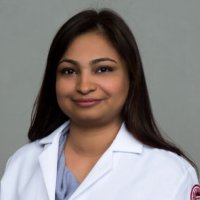
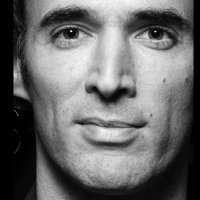

Happy to share our latest work!! Vagner O. C. Rigaud RNA-binding Protein LIN28a Regulates New Myocyte Formation in the Heart via lncRNA-H19 ahajournals.org/doi/10.1161/CI…



Happy to share our recent paper on: Cardiomyocyte Ploidy, Metabolic Reprogramming and Heart Repair mdpi.com/2330596 #mdpicells via Cells MDPI


Speaker Highlight #4: Nicole Noren Hooten, Kendall Jensen, Ron Kahn and Mohsin Khan, Ph.D.. Reminder--#AAEV2023 Early Bird Registration & Abstract Submission Deadline--August 31st. Please Book Hotel by October 5th. For all event Information, visit: aaev.org/events-1






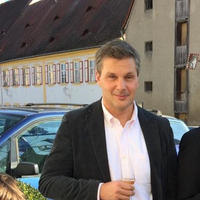
Very happy that our manuscript is now online Circulation. Transient inhibition of translation protects against #reperfusion injury. Kudos to first author @ChrlsHofmann and to all Co-authors for a great team effort. CRC1550 DZHK Germany Universitätsklinikum Heidelberg ahajournals.org/doi/abs/10.116…

Joseph Moreno Shea Khyeam UC San Francisco Massachusetts Institute of Technology (MIT) how to tell cardiomyocytes (CMs) and non-CMs apart? It turns out that CMs have much larger optical volume (Fig. E) and shorter distance traveled (Fig. H).
